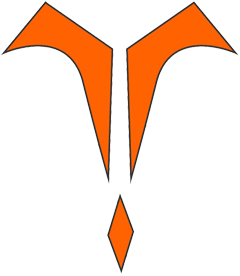Tethered Cord Syndrome and Surgical Approach
DOI:
https://doi.org/10.5222/sscd.2014.078Keywords:
Tethered spinal cord, syndrome, magnetic resonance imagingAbstract
Physiological retention of conus medullaris at the level of the first lumbar vertebra during the embryologic life of the fetus which stretches the spinal cord with resultant mechanical, ischemic, and metabolic changes in the clinical picture is called Tethered Cord Syndrome (TCS). Although clinical manifestations vary according to age they are more frequently seen as walking defects, deranged urination and defecation routines and skin abnormalities in lumbar region, foot deformities. Due to the sensitivity of the soft tissue, all level spinal magnetic resonance imaging should be obtained in all patients suspected of TCS. The aim of the surgery is to relieve the tension in the cranial direction of spinal cord which impede the mobility of the spinal cord, and avoid damage to healthy neural tissues.

